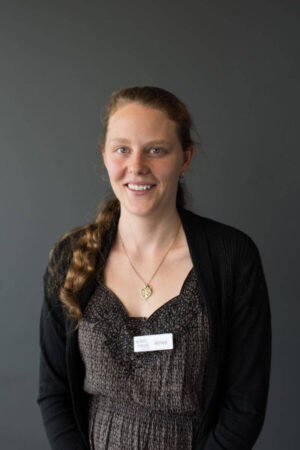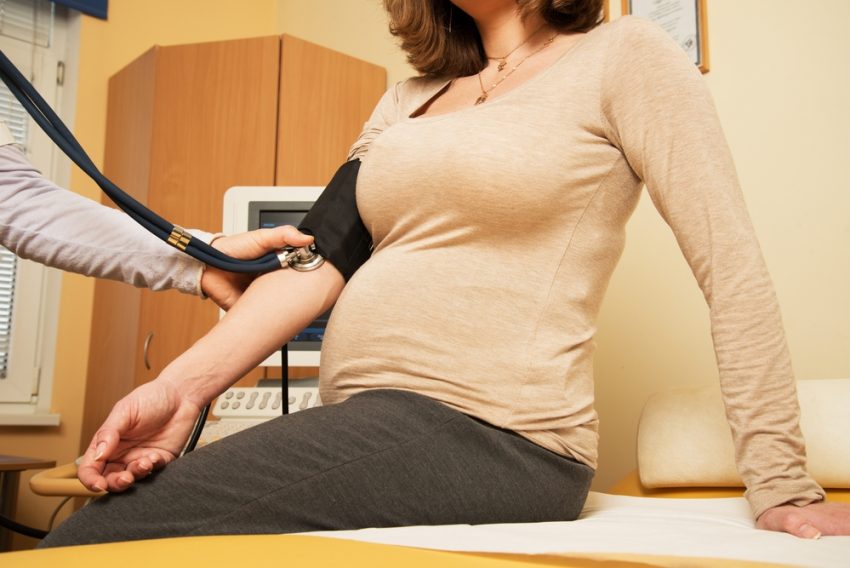By Doula and IBCLC, Birth Aims
Pregnancy can be a whirlwind of emotional and physical change for women. The changes a woman experiences will be different dependent on her body, the pregnancy, her hormone levels, placenta placement, pre-existing conditions…the list goes on! However overall, there do tend to be pretty common physical changes a woman might experience during pregnancy, so what are they exactly?
Belly changes
The key factor that society tends to fixate on with regards to pregnant women’s bodily changes during pregnancy is the growth of their ‘belly’. As the baby grows, the uterus swells and moves up out of the pelvis, and suddenly there is a little more roundness to the lower part of the woman’s belly. This grows (and grows and grows) as the baby (and placenta) gets bigger, amniotic fluid accumulates and the woman’s organs are nudged out of the way to make room for the baby! Belly buttons pop, stretch marks can sometimes accumulate and the woman can sometimes start feeling very heavy and round. Often with the growth of the woman’s belly (and breasts), her skin starts feeling a little tight, stretched and itchy. The increase in blood volume and circulation throughout the body can often make a road map of tiny blue veins clearer on the belly, breast and legs. Ultimately, the biggest physical change is growth, in all the ways (and it’s beautifully paralleled by an emotional growth occurring within the woman too!).
Breast changes
The other commonly experienced symptoms in early pregnancy are changes in the woman’s breasts! Tender nipples and breasts are fairly common, and often a fair amount of breast swelling and growth happens too! When the bundle of cells that will divide to become your baby and placenta implant into the uterus, there are sudden increases in certain hormones, specifically estrogen, human chorionic gonadotropin (hCG) and progesterone. As the pregnancy progresses, estrogen and progesterone are produced by the placenta – these two hormones are heavily involved in breast changes during puberty and again during pregnancy.
Estrogen and progesterone aren’t foreign hormones to the woman’s body, having been two of the major hormones present throughout puberty. As during puberty, estrogen results in increased vascularisation (formation of blood vessels) and milk duct development, which is part of the reason for the increase in breast size/swelling during pregnancy and progesterone is involved in the development and growth of glandular tissue in the breasts. Combined, these hormones help your body to get ready for nourishing your baby in the outside world, but at the same time can cause some really full on changes to breasts during pregnancy! These changes can include darkening and enlargement of the areola (darker area around the nipple), the growth of little bumps on the areola, otherwise known as Montgomery’s Tubercules, veins and pigment changes, lumpy areas in the breasts and leaking of colostrum, the early milk produced for nourishing your baby!
Other interesting changes
The slow stretching of our bodies to accommodate our growing baby puts extra pressure on other parts of our body too, and this in combination with the relaxin circulating our body is where the ‘heavy’ or ‘tight’ feelings can sometimes come from. Ligaments stretch and can sometimes cause pain, and the relaxin circulating our body, enabling our pelvis to widen and shift to allow a baby in and through, can sometimes cause difficulties with joint pain – all of this can result in fun conditions like sciatica, pelvic girdle pain and more. Seeing a good women’s health physiotherapist can help strengthen and/or relax in all the right places to help ease these conditions, and allow optimal positioning of baby for pregnancy and birth.
Many women also experience headaches, nose bleeds and bleeding gums, coming from increases in circulation and shifts in hormones, and these changes in addition to an increased metabolic rate can result in shifts in body temperature (yes, it’s pretty normal to be a bit hot and sweaty in pregnancy, and also while breastfeeding by the way!). Women’s hair and nails often grow a heap, and in combination with the increase in circulation, this is part of the ‘glow’ that so many women have in the second and third trimesters of pregnancy!
This is certainly not an exhaustive list, and indeed, women may experience all or none of these symptoms! Ultimately, women are just incredible! While some of us feel empowered, beautiful and strong, and others feel incredibly vulnerable, sore and weepy (and any and all states in between), I hope that we’re all able to sit back and acknowledge just how monumental the feat of creating, growing, birthing and nourishing our tiny babies is! We are all amazing!

Aimee is a pregnancy, birth and postnatal doula, lactation consultant (IBCLC), consumer advocate, infant massage and baby yoga practitioner and birth educator in the Blue Mountains. She is passionate about supporting families through birth, breastfeeding and baby-raising with compassion, information and community, enabling transformational experiences and empowered transitions.
You can find her on:
Website – https://birthaims.com.au
Facebook – www.facebook.com/birthaims
Instagram – www.instagram.com/birth_aims
Youtube – https://www.youtube.com/channel/UCSSf5Ii60HJ6DYaQhjcTA1g









